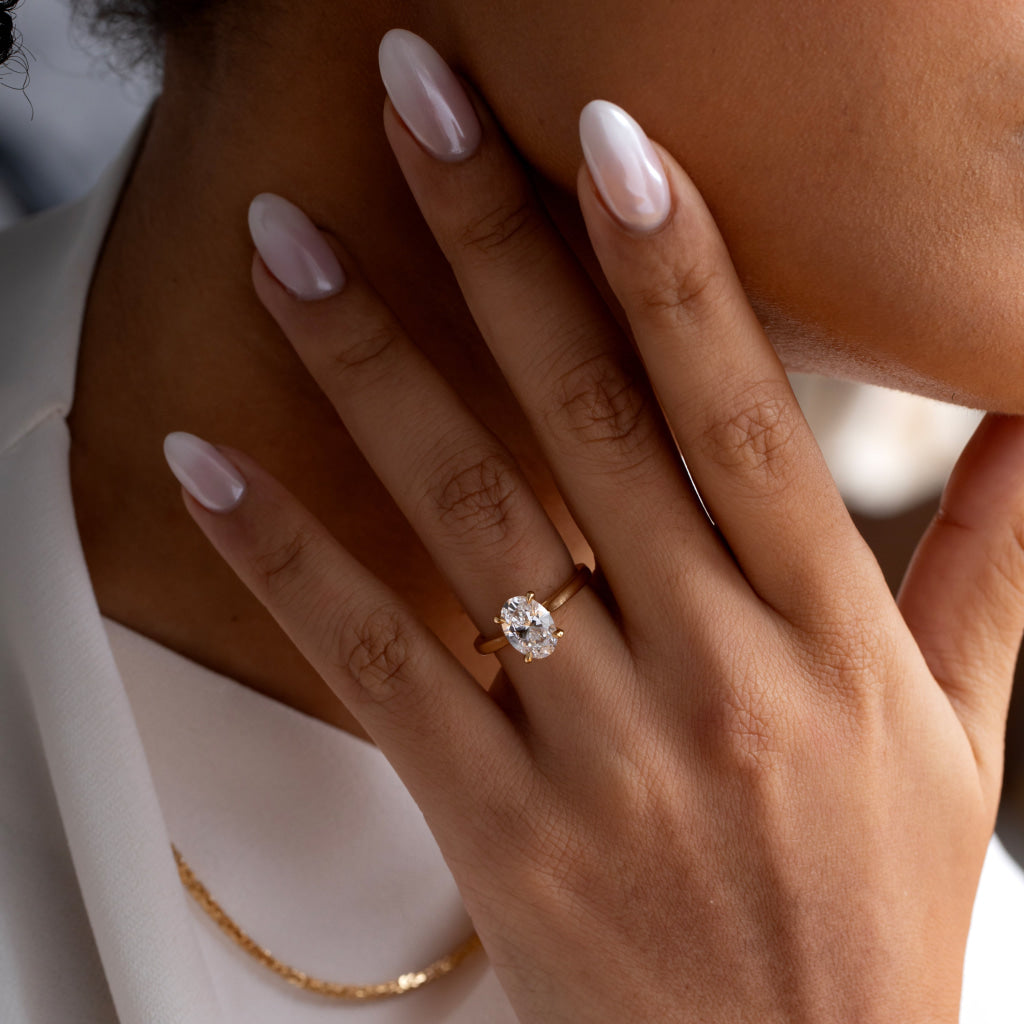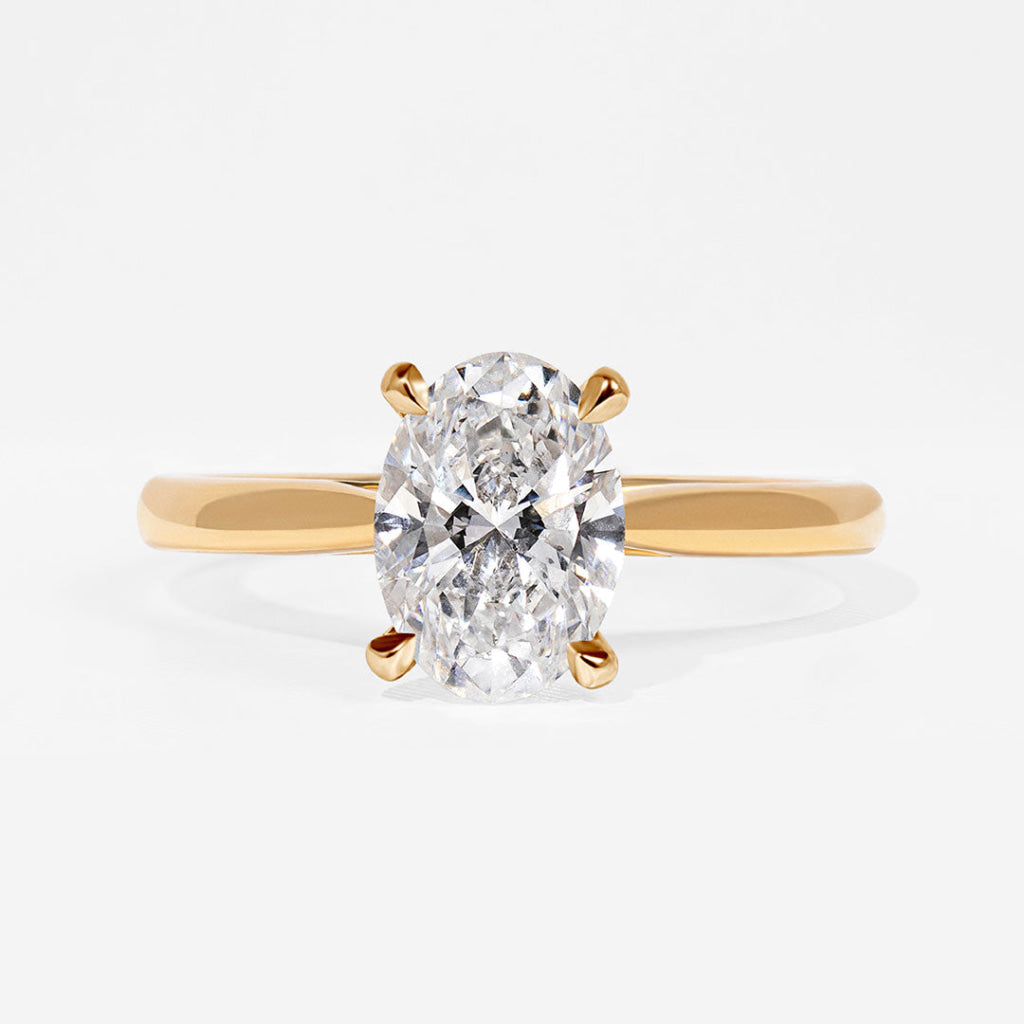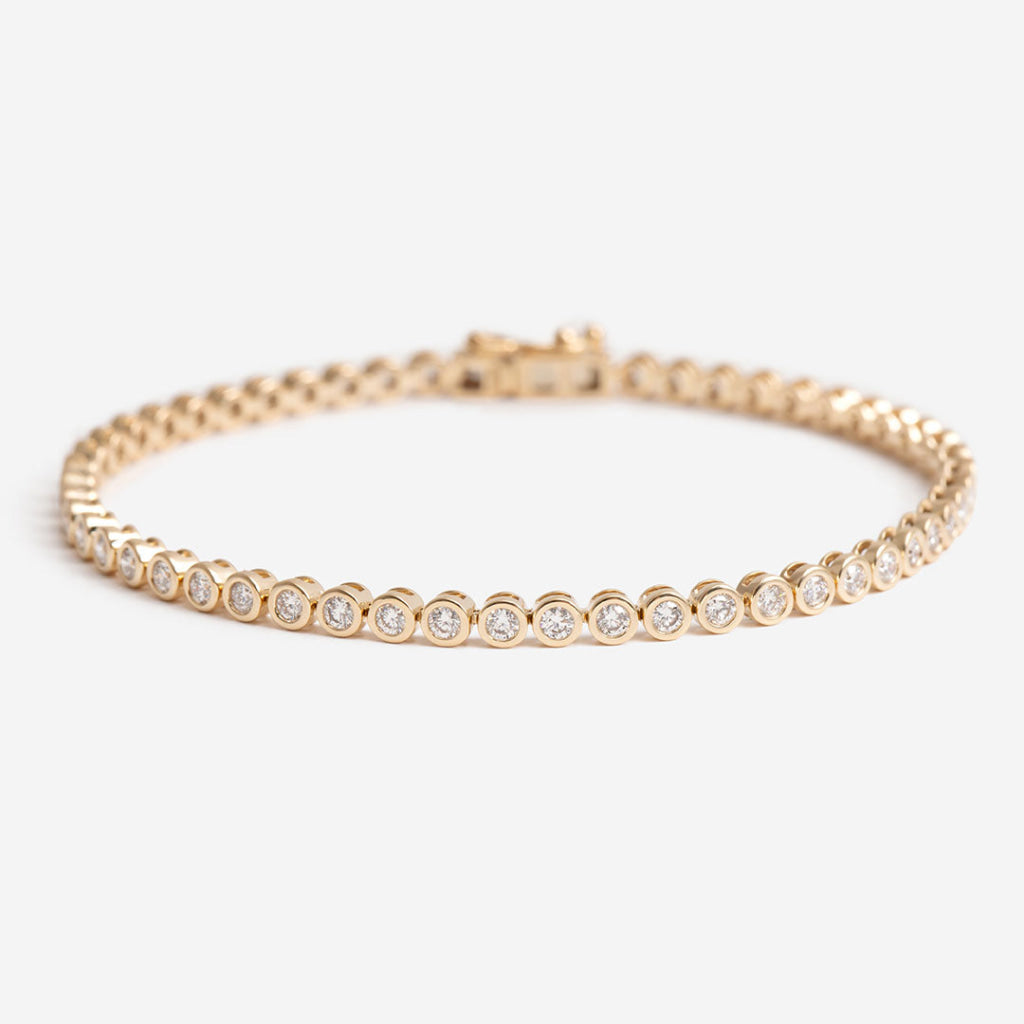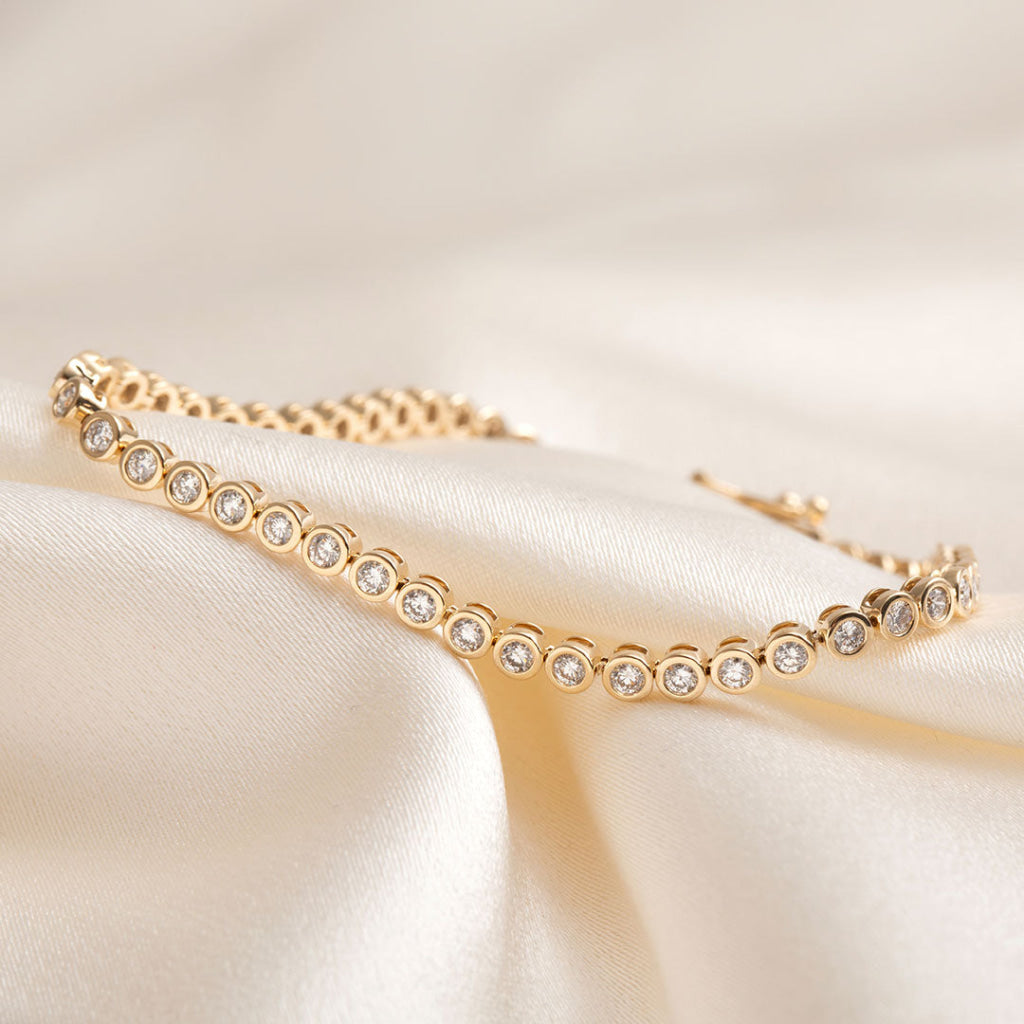4 C's of Buying a Diamond
Introduction
Diamonds are definitely one of Earth’s most beautiful & exquisite creations. Diamonds are composed of pure carbon, formed deep below the Earth’s crust 1 to 3 billion years ago under immense pressure & fierce heat. It’s a fun fact that to produce a single one-carat, 250 tons of Earth has to be mined. For such a precious & hard to obtain item, Diamond experts have come up with a Universally regulated Standard for determining a diamonds value.
This is where the Four C’s Criteria comes into the picture. Them being Cut, Colour, Clarity and Carat. The Four C’s play the most crucial role in appraising a diamonds Value, Rarity and Beauty.
No Pressure, No diamonds
- Thomas Carlyle
Cut
The first and most important of the 4 Cs is the Cut. The Cut of a diamond has the greatest impact on a diamond’s beauty & sparkle.
Cut basically refers to how well the proportions of a diamond line up and how well the facets of a diamond react to light.
As the precision a diamond’s cut goes higher, the more enchanting the diamond is to the eyes of the looker.
Colour
The second most important consideration when buying a diamond is the Colour of the diamond. The colour of a diamond ranges from colourless to a slight yellow. Most rare & valuable diamonds are colourless.
Diamonds are classified by colour starting from D to Z. On a colour grade, diamonds classified as ‘D’, ‘E’ and ‘F’ are colourless.
Clarity
Most Diamonds produced have very minute carbon birthmarks, also known as “inclusions”. These are usually not noticeable to the naked eye but are evident under magnification. Even though Diamonds are capable of sparking brilliance than any other gemstone in the marker, but no Diamond is perfect. Fewer inclusions mean the more beautiful and flawless the diamond will be.
Carat
The "Carat" is the Diamond industry-standard system used to weigh Diamonds. The word carat comes from the carob seed, which had a remarkably average weight of 0.2 grams.
The term “Carat” is the industry standard used to determine the weight of a Diamond. Unlike the other Cs which are subject to more subjectivity, Carat weight is pretty straightforward. Carat refers to the weight of a Diamond (not size) depending on the cut. Two diamonds of the same carat weight may differ in size.
Written by Jeff Gear.














